Name: Eve G.
Location: Amsterdam, Netherlands
Occupation: MSc Brain and Cognitive Science student
Room size: 14 m² (151 ft²)
Cost of the setup: ~$3K
Personal blog: academiceve.com
Social media: Instagram, TikTok, YouTube
Hey, Eve! Tell us a bit about yourself
I am Eve, a blogger and digital content creator behind @academic.eve.
I am originally from Lithuania, but after finishing my bachelor degree in Psychology, I moved to the Netherlands. That was due to my desire to pursue a research master’s in Brain and Cognitive Science at the University of Amsterdam. I am about to graduate in a couple of months!
I am a full-time graduate student, and I have been writing about my experience in academia for five years. I graduated from an art high school, so I always had an eye for photography.
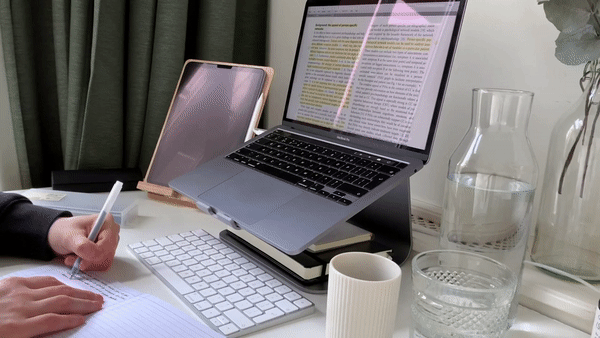
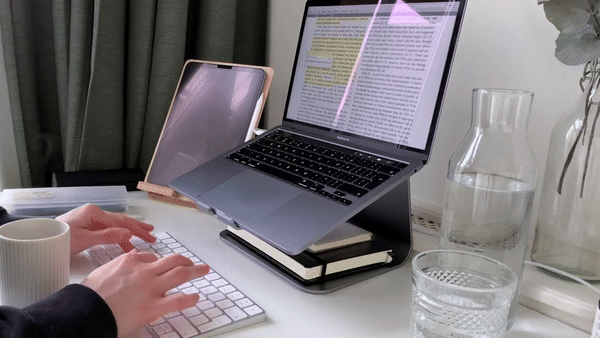
Handwriting results in significantly better short-term retention, according to the researchers. Taking notes by hand strengthens the learning process, as opposed to typing on a keyboard
Following the success of others in building their personal brands on social media, I wanted to do the same.
As an eager student, I taught myself some marketing strategies. Creating original and engaging content focused on productivity, wellness, self-development, and academics helped me grow my following. In fact, my Instagram audience has grown up with me.
Since I am about to graduate, I am looking for a post-graduate job in social media marketing. My experience in blogging and building my personal brand inspired me to switch to digital marketing.
My interest in consumer behaviour, along with a strategic vision and creative streak, fits perfectly in this industry.
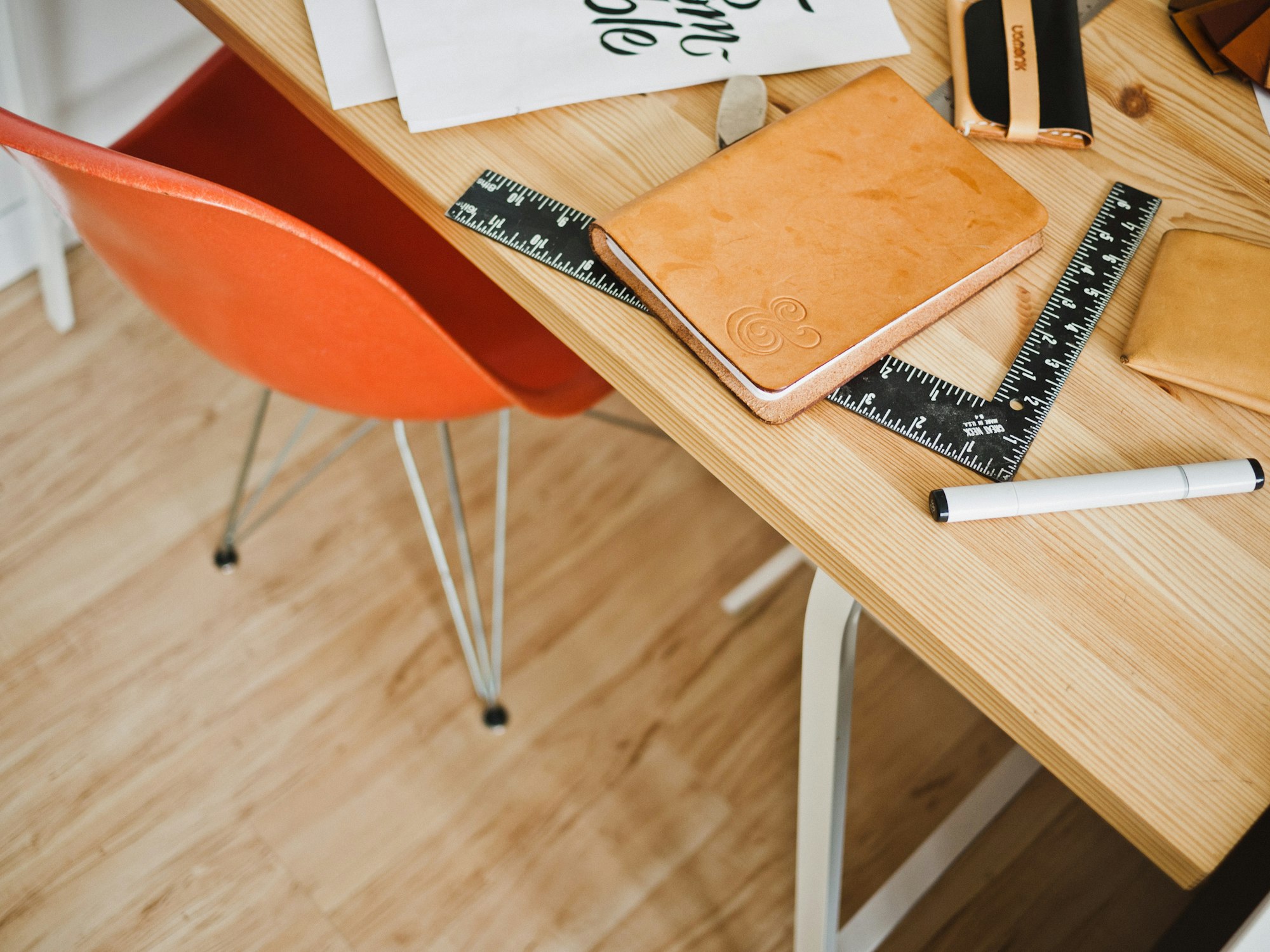
Can you describe your home setup?
| Item | Model |
|---|---|
| Laptop | MacBook Pro |
| Mouse | Apple Magic Mouse |
| Keyboard | Apple Magic Keyboard |
| Tablet | Apple iPad, Pencil |
| Tablet holder | IKEA GRIMAR |
| Planner | Mal Paper |
At the beginning of the COVID-19 pandemic, I studied at my dining room table. It was big enough and worked fine for the first couple of months of lockdown.
However, after six months, I became tired of sharing my workspace with my partner, who also had to work from home daily.
We both had multiple calls throughout the day, and it started to get quite nerve-racking to try and coordinate our schedules.
So we decided to DIY a desk for me in the bedroom. That was the best decision we could have made!
Amsterdam apartments are small, so I only have space for a 70 cm desk.
We had the desktop at home already and bought IKEA LERBERG trestles to support the desktop. It was a cost-effective temporary solution.
Thankfully, my desk is right next to big windows, so I get plenty of daylight, which is essential for photography.
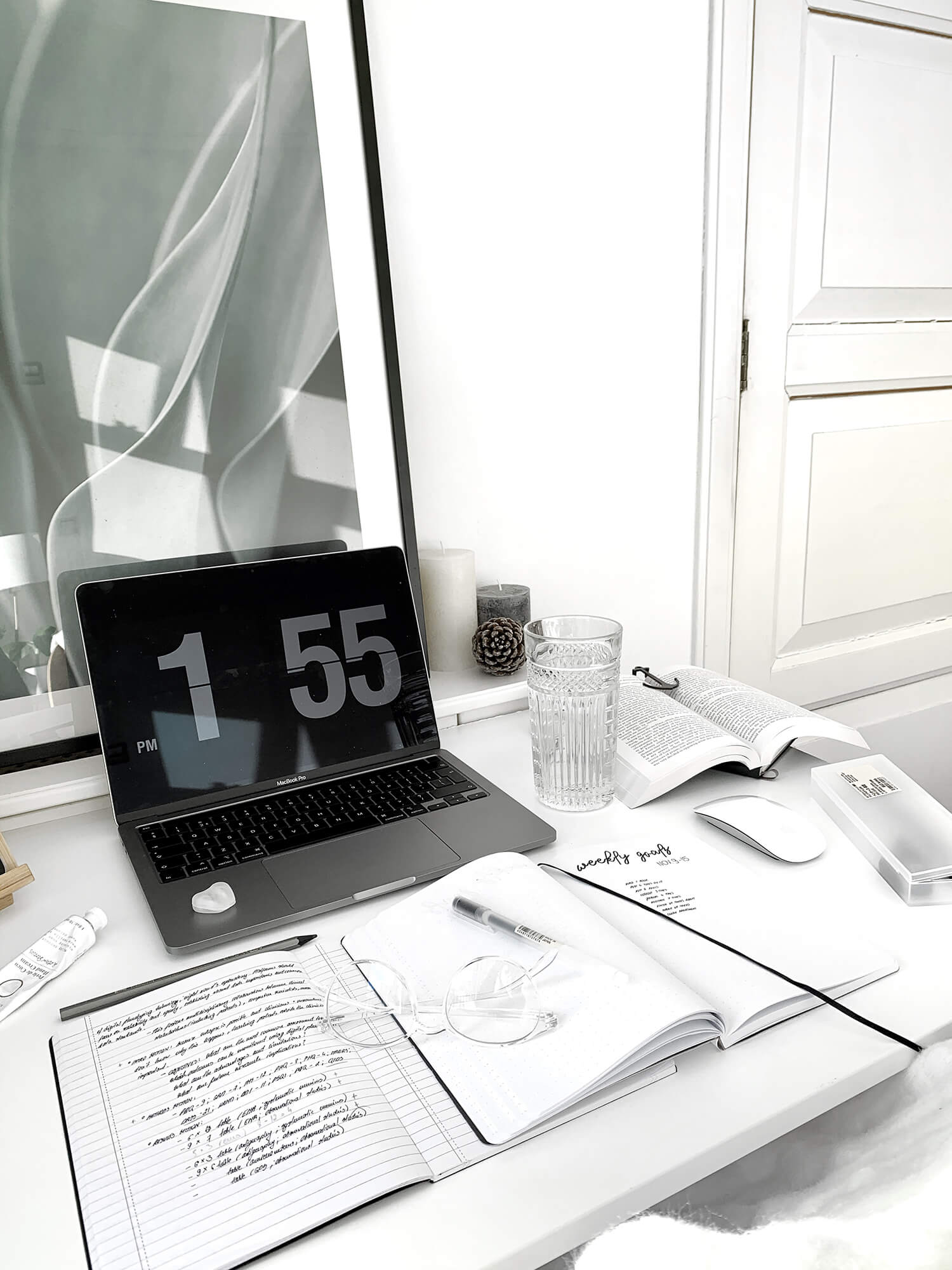
Too many items on my desk annoy me. I find it distracting. I tidy up my desk at the end of each day and store my notebooks and stationery in a separate cupboard. I keep all my stuff behind closed doors so that everything is organised, and my home office does not look cluttered.
Clearing my desk at the end of the workday helps switch my brain from work/study mode to the relaxed one. It also turns my bedroom back into the zen place that it is supposed to be.
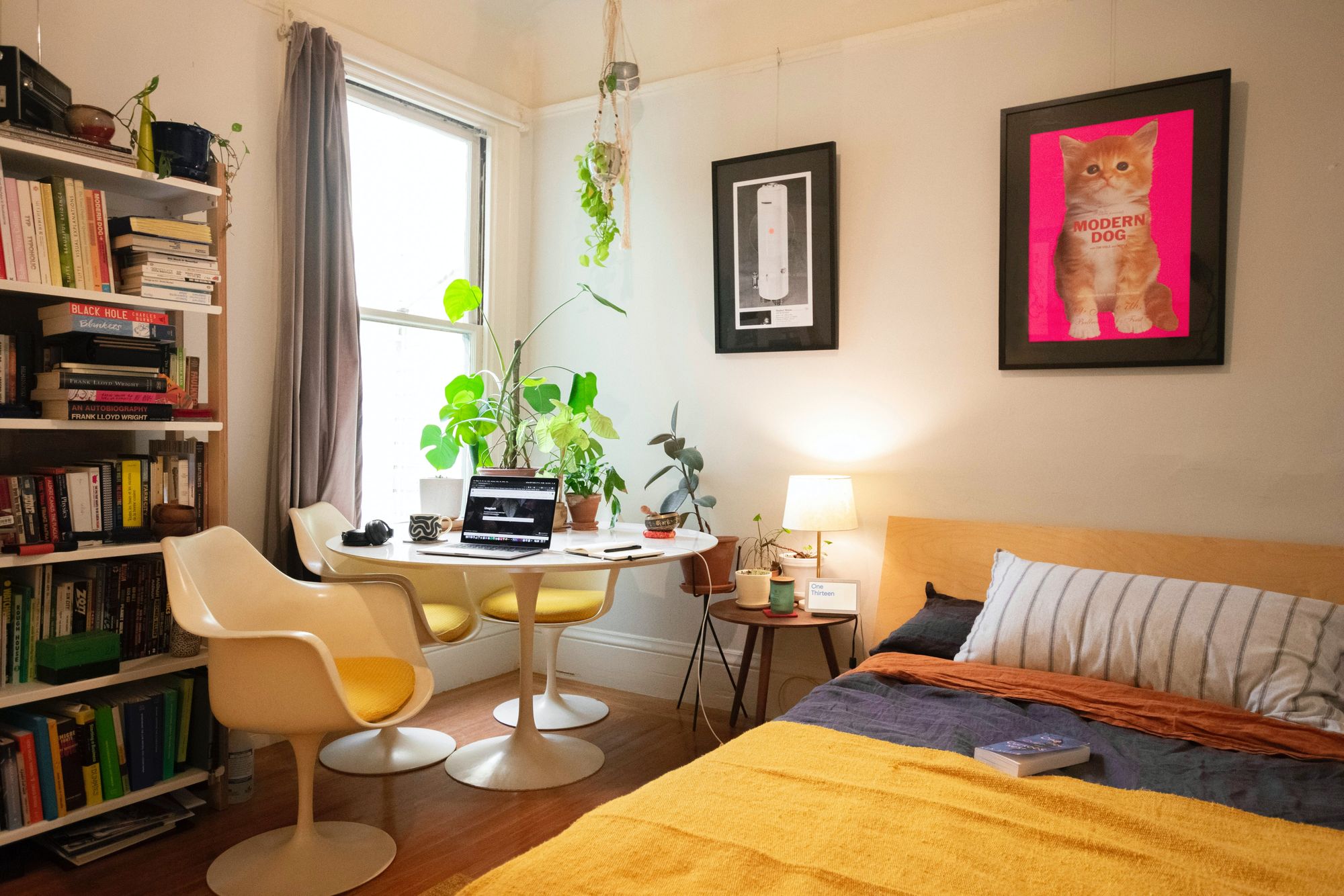
I am happy to have a small corner where I can work uninterrupted.
We would like to move to an apartment with at least two bedrooms in the future so I can have more advanced office space at home.
Working from home is something I enjoy, and I plan on doing so for years to come.
What’s your favourite item on your desk?
I upgraded my laptop to an Apple MacBook Pro 13 last year. It’s the 2020 version, and I couldn’t be happier with my purchase!
I used to own the MacBook Air from 2018. Although it was a good laptop for carrying to university, I couldn’t use it for programming, which I needed for data analysis.
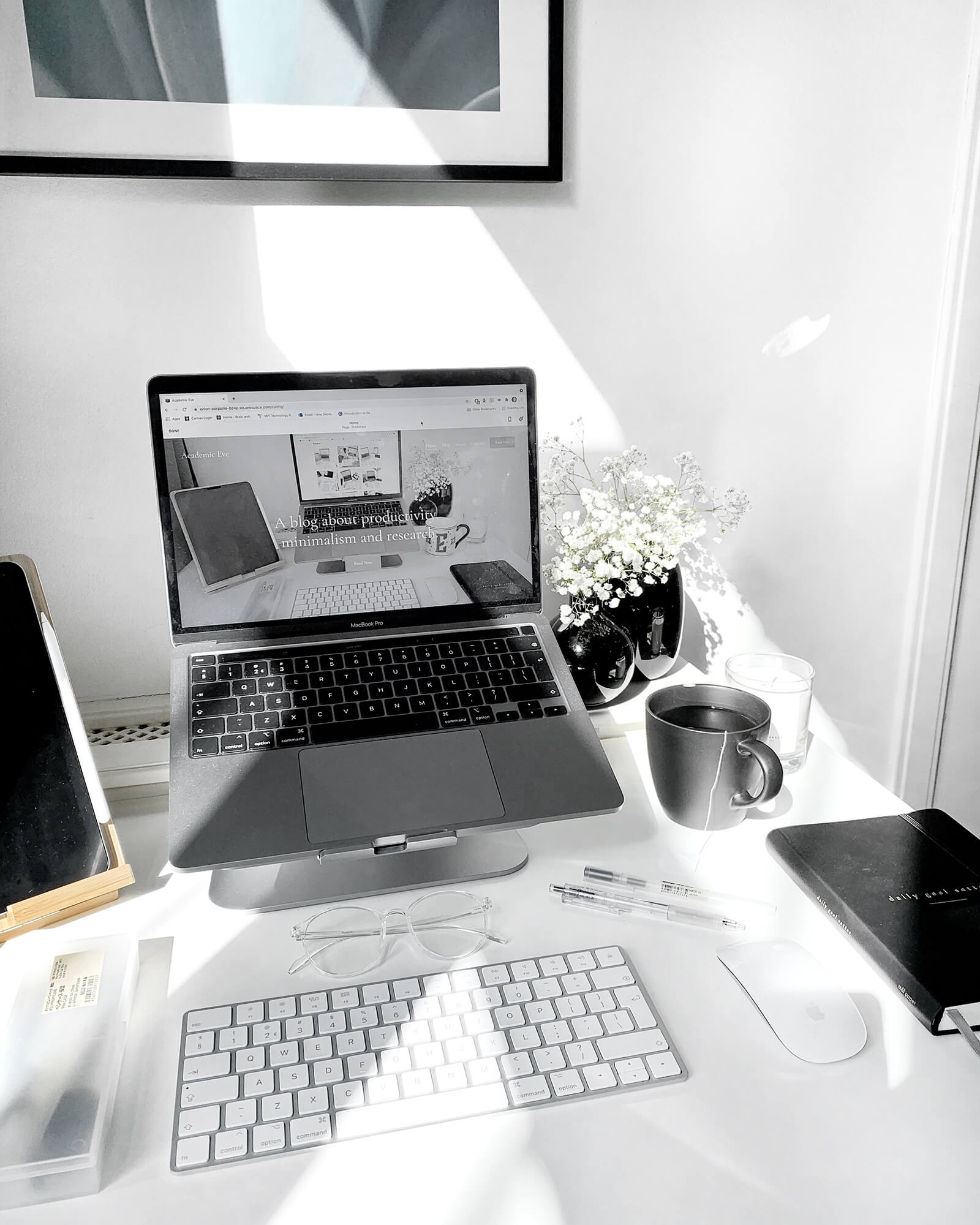
I bought it at the Apple Store in Amsterdam with my student discount. Actually, this is why I chose to upgrade my laptop before finishing my master’s degree. It cost me around 1400 Euros.
What does your typical day look like?
Having a routine is extremely important for me.
I am a self-disciplined person which means I don’t rely on motivation to accomplish things.
Motivation comes and goes in waves while self-discipline requires that you establish strict routines that will help you get work done. In addition, it naturally reduces procrastination.
During the pandemic, I worked hard to improve my routines. Currently, I wake up every morning at 6 am and read for an hour.
At 7 am, I get up, shower and get ready for a workout and meditation. During breakfast at 8 am, I make my day’s to-do list and check my email.
I start every work session this way. I want to get emails out of the way as soon as possible so that I won’t be tempted to check them throughout the day.
I check my emails twice daily, once in the morning and once in the afternoon.
I start working on my research internship at 9 am. I love using Notion for my digital to-do lists, and my current favourite planner is from Mal Paper. It’s called Daily Goal Setter, and I love that it combines mindfulness with planning.
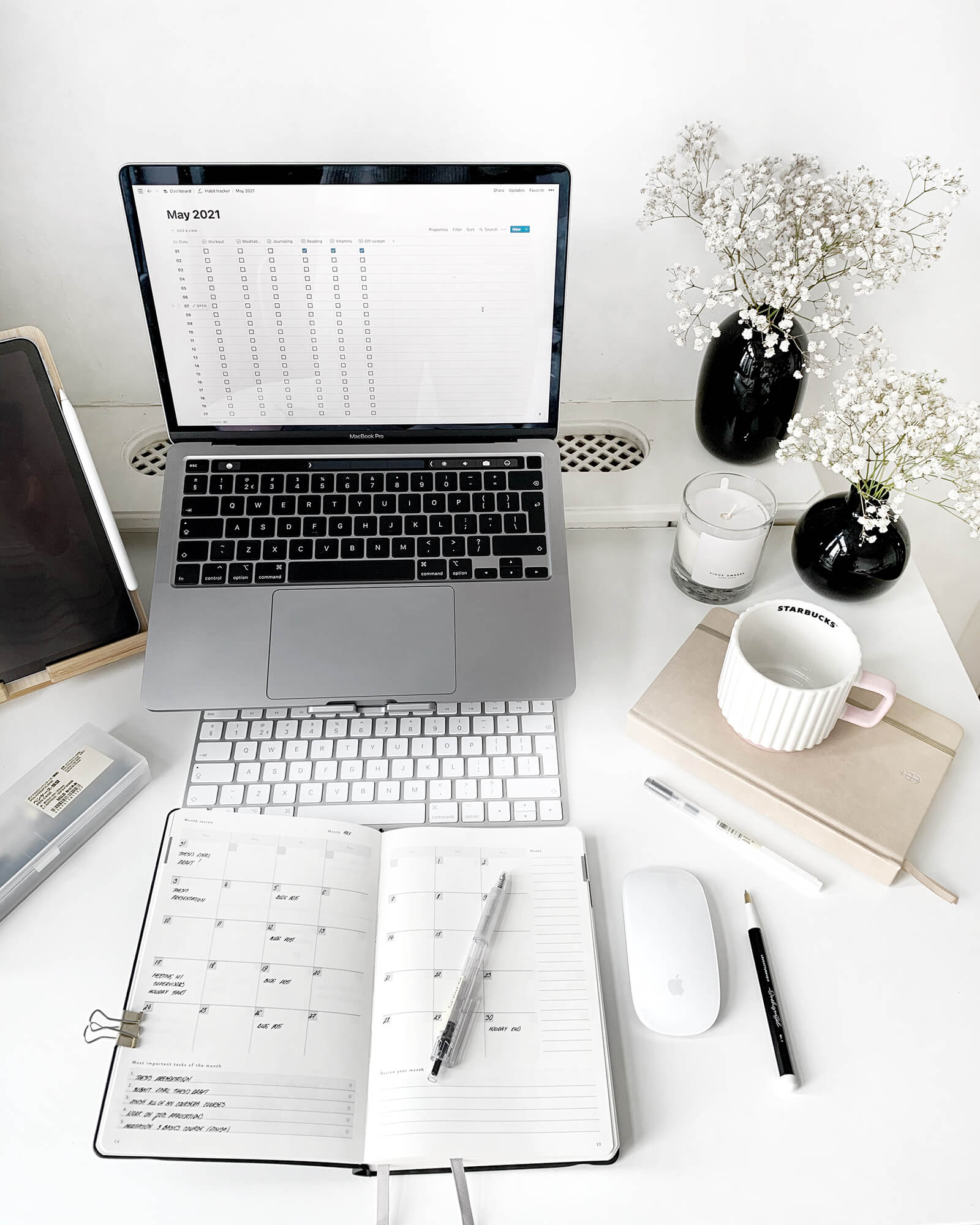
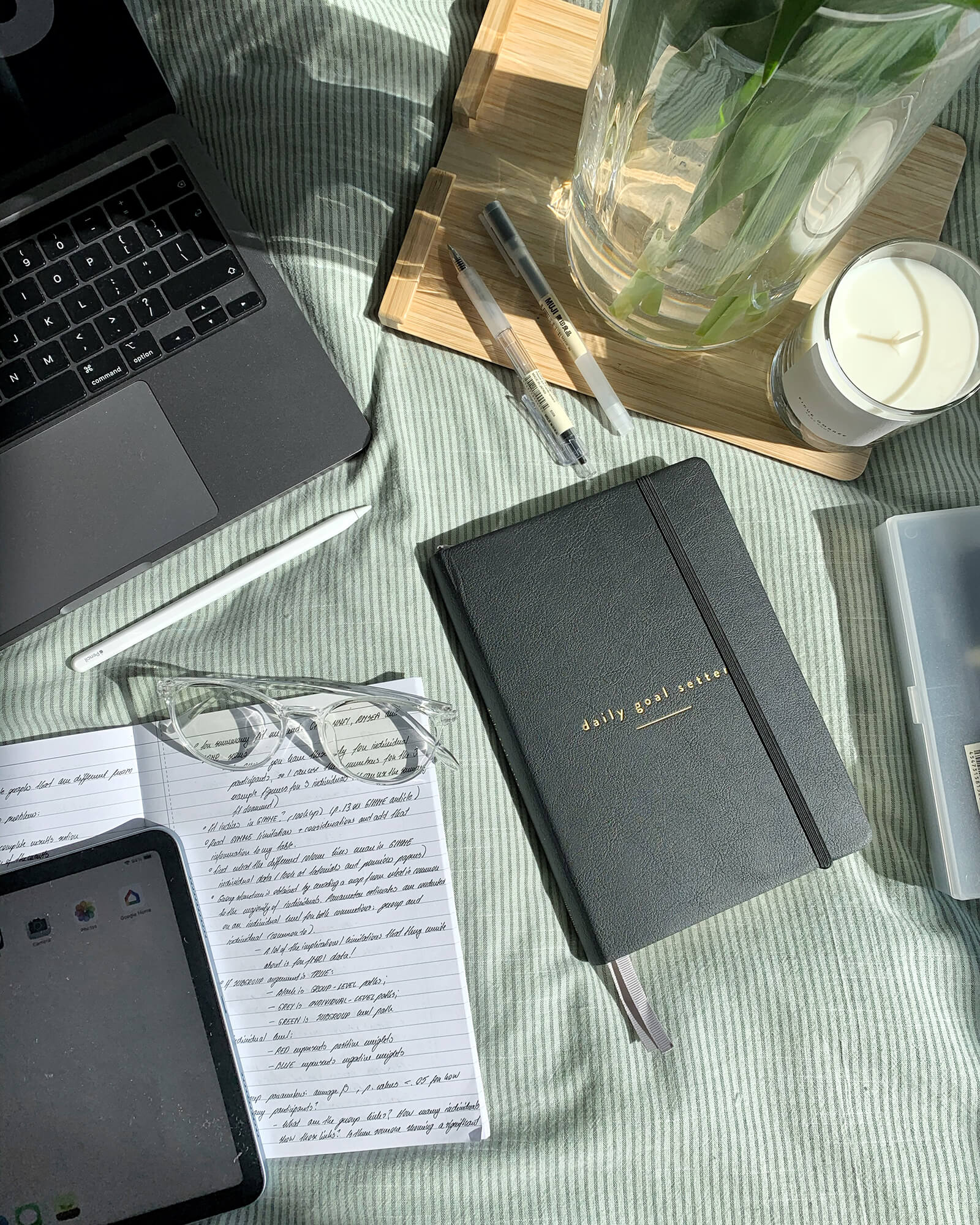
All of Eve’s scented candles are from Zara Home, and unscented ones are from Hema. She likes to burn them, especially in winter. However, Eve finds that they only improve her mood rather than boost productivity
Every day, I set three top priorities on my to-do list, which mean if I finish those tasks, I can call it a productive day. It gives me a sense of accomplishment.
Prior to using this prioritisation technique, I felt guilty for not doing more work (even if I completed everything on my to-do list). Using this method, I prevent myself from overworking.
I like to use Forest to track my work/study time. I usually work for an hour and take a 10-minute break. I take a longer 1-hour lunch break during which I work on Instagram content or go for a walk around the neighbourhood if the weather is nice.
I try to spend my study breaks mindfully rather than only scrolling through social media.
Normally, I work from 9 am to 5 pm with a 1-hour lunch break. Keeping strict work hours helps me a lot. Since I am a morning person, by 5 pm I am usually exhausted and keen on having a relaxing evening.
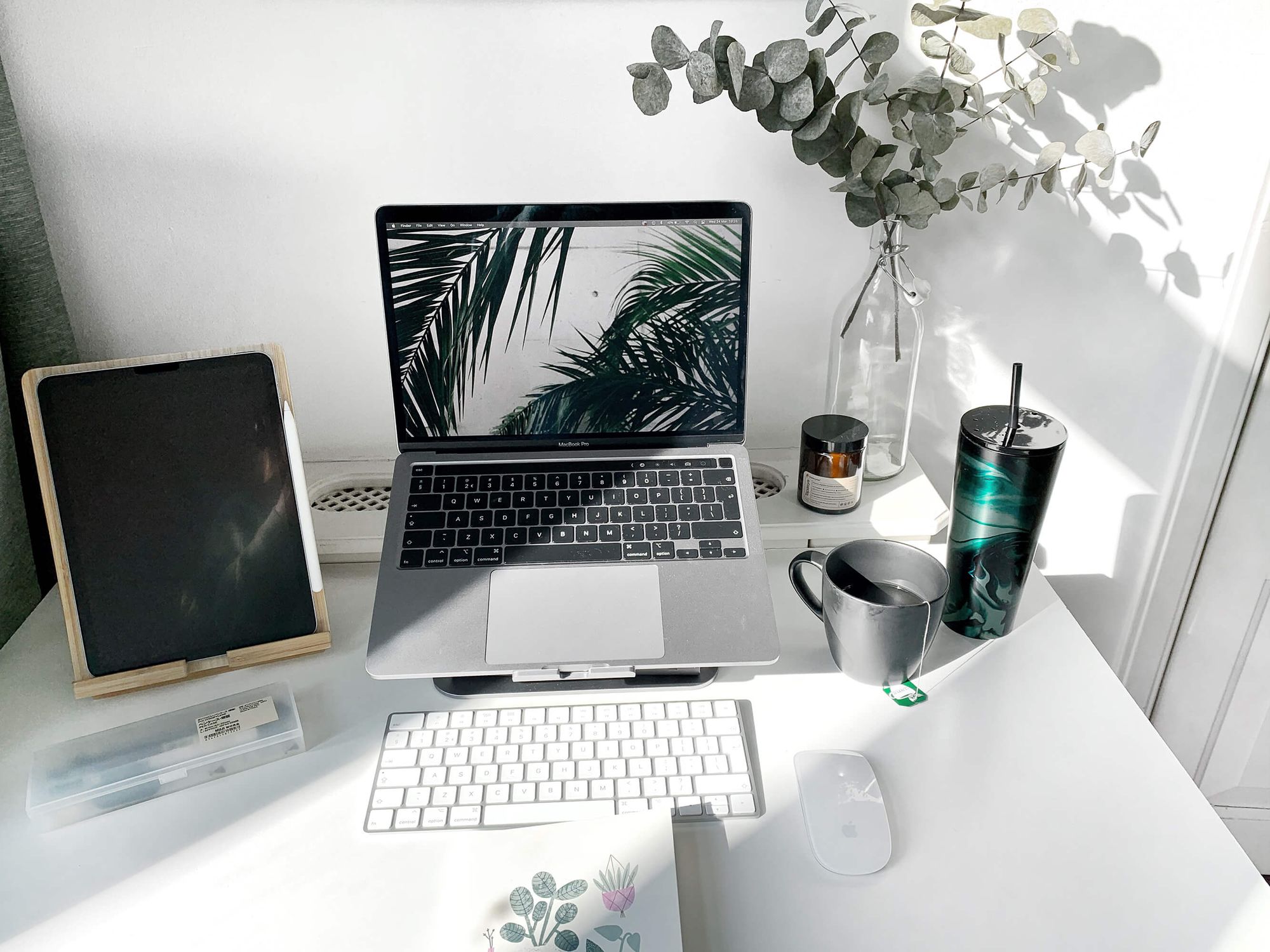
I set time limits for social media apps on my phone, which means I don’t use them after 6 pm.
Instead, I play Animal Crossing: New Horizons on my Nintendo Switch (yes, I still love that game) or read a book. For a chill evening, these two are my favourites!
Home is where I can focus the best.
Before the pandemic, it was hard for me to work at a cafe or even a library. I always preferred to study at home. Hopefully, my next step will be to set up a home office in a separate room!
Your tips for working from home?
Time-blocking is my favourite time management technique.
You get to plan every hour of your day for the week and know what you need to do. That eliminates the time you would spend procrastinating thinking about what you should work on next.
Instead, I like to sit down on Monday morning with a cup of coffee and plan out my entire week.
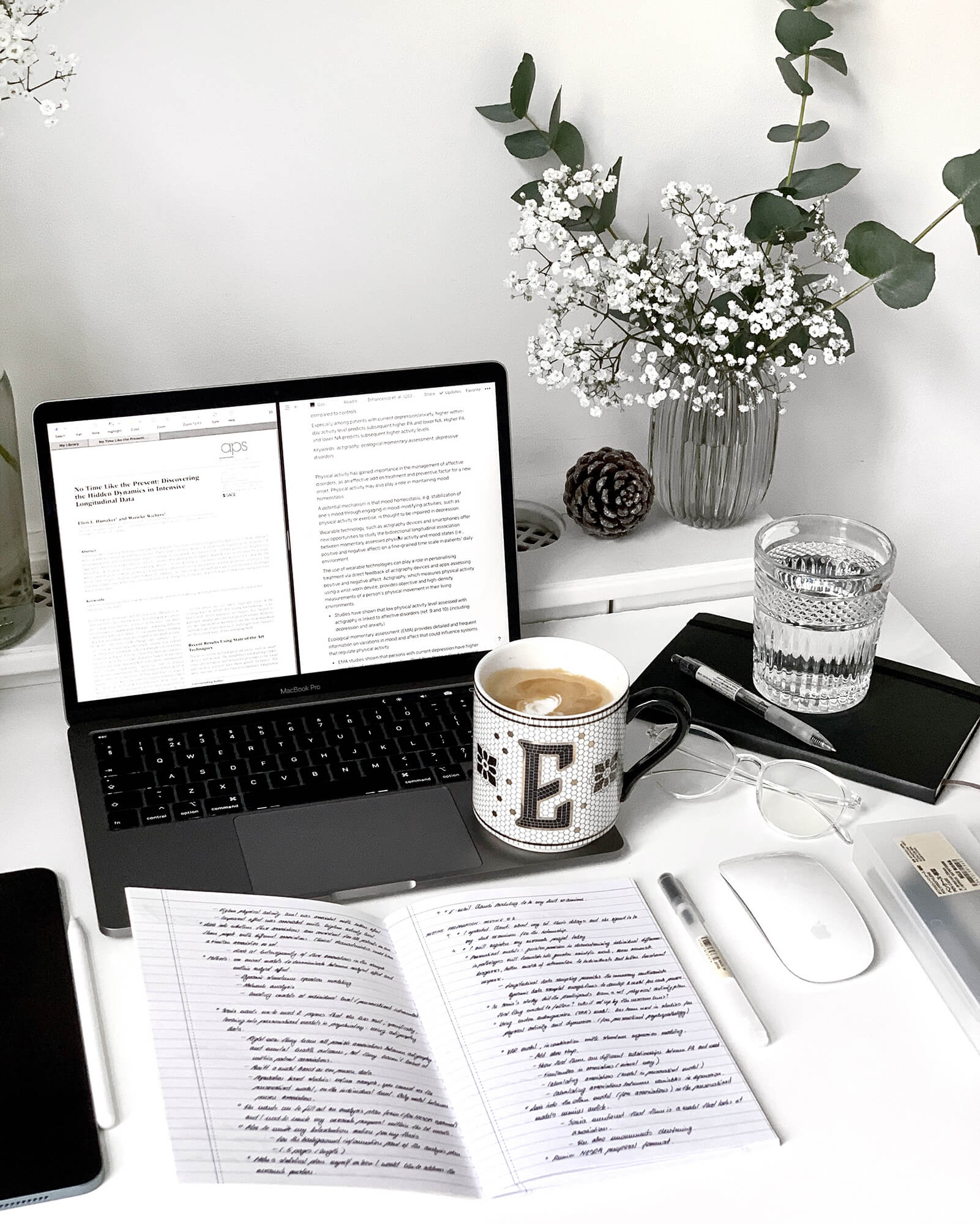
Additionally, I enjoy time-blocking. Besides my full-time master’s studies, I work on my social media for @academic.eve and have a part-time job at a local home decor store three days per week. Therefore, I need to make sure I have enough time for everything!
My morning routine is full of rituals that help me prepare for the day. For example, I always work out and meditate in the mornings. Once I’ve completed my morning routine, my brain knows that it is time to sit down and work. I write a lot about this on my blog and Instagram.
If you would like to improve your routines and work on your habits, I highly recommend you read Atomic Habits by James Clear. He talks about how tiny changes can have remarkable results.
James also gives great practical advice that you can follow along while reading the book, such as filling out the Habit Score Card, etc. This book helped me improve all of my habits. Now I have better routines and do not procrastinate as much!
We’re a reader-supported publication. This article might contain affiliate links. It means we may receive a commission if you click a link and buy a product that our maker has recommended. The interview was done independently.


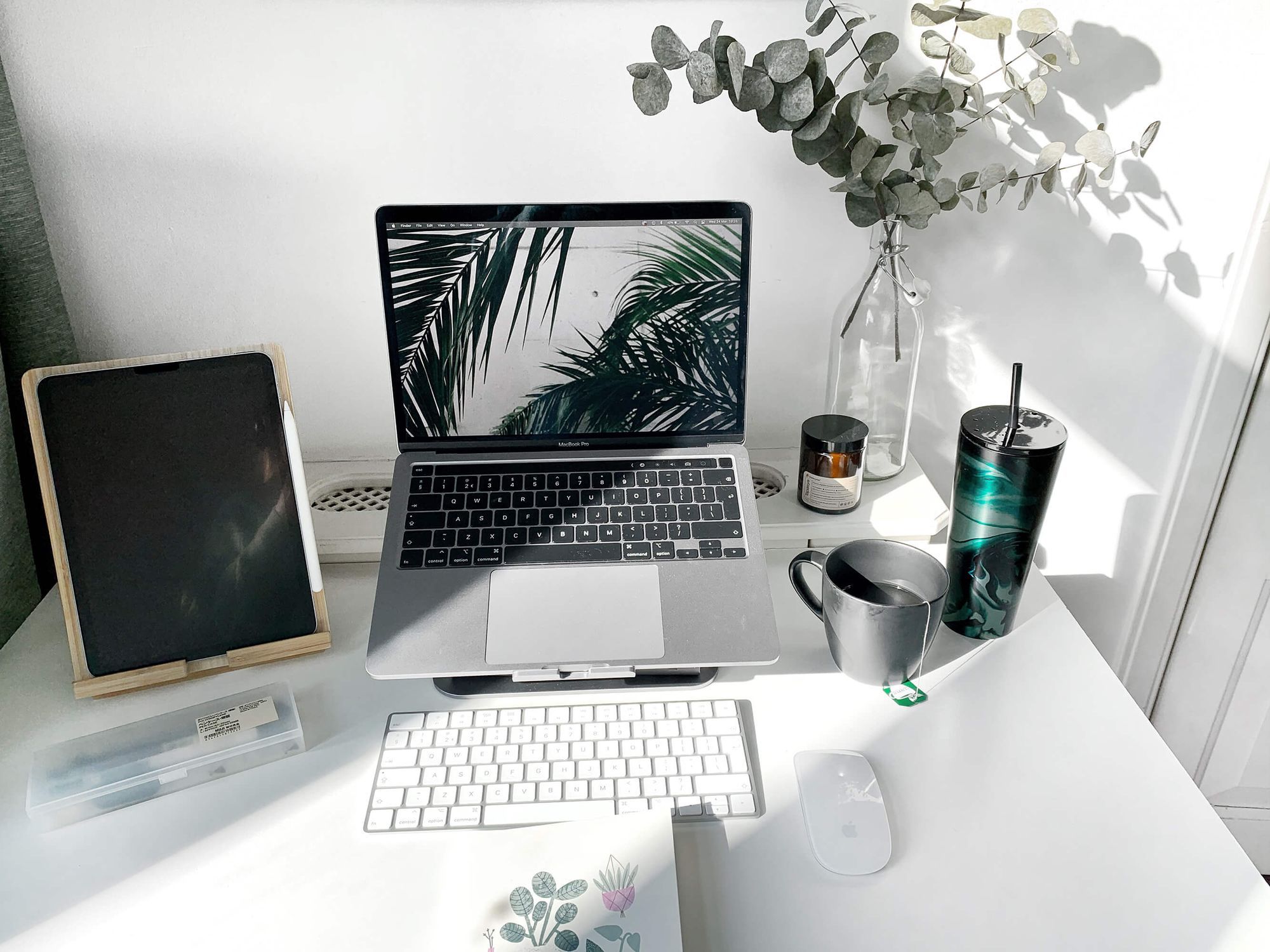






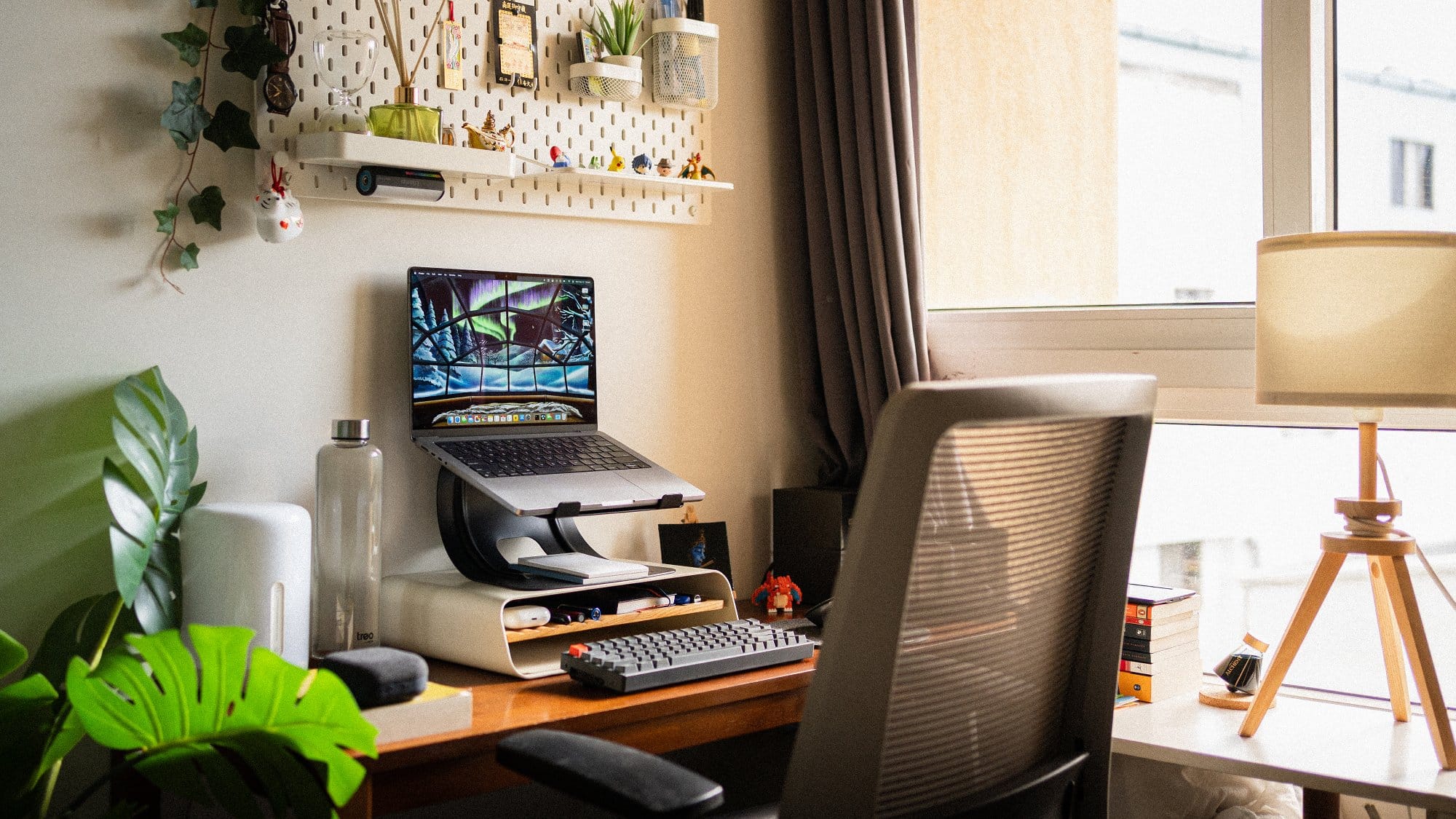
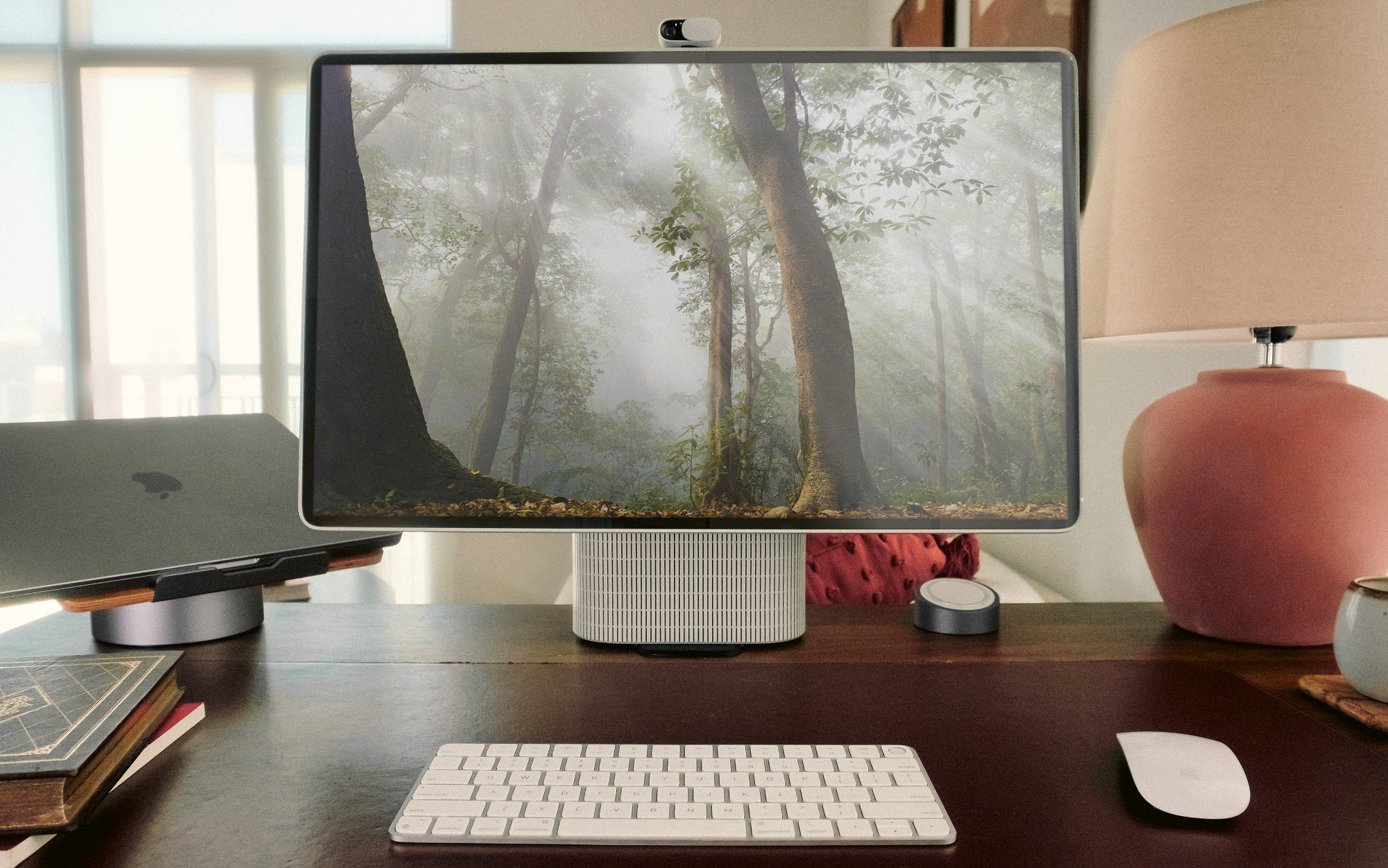
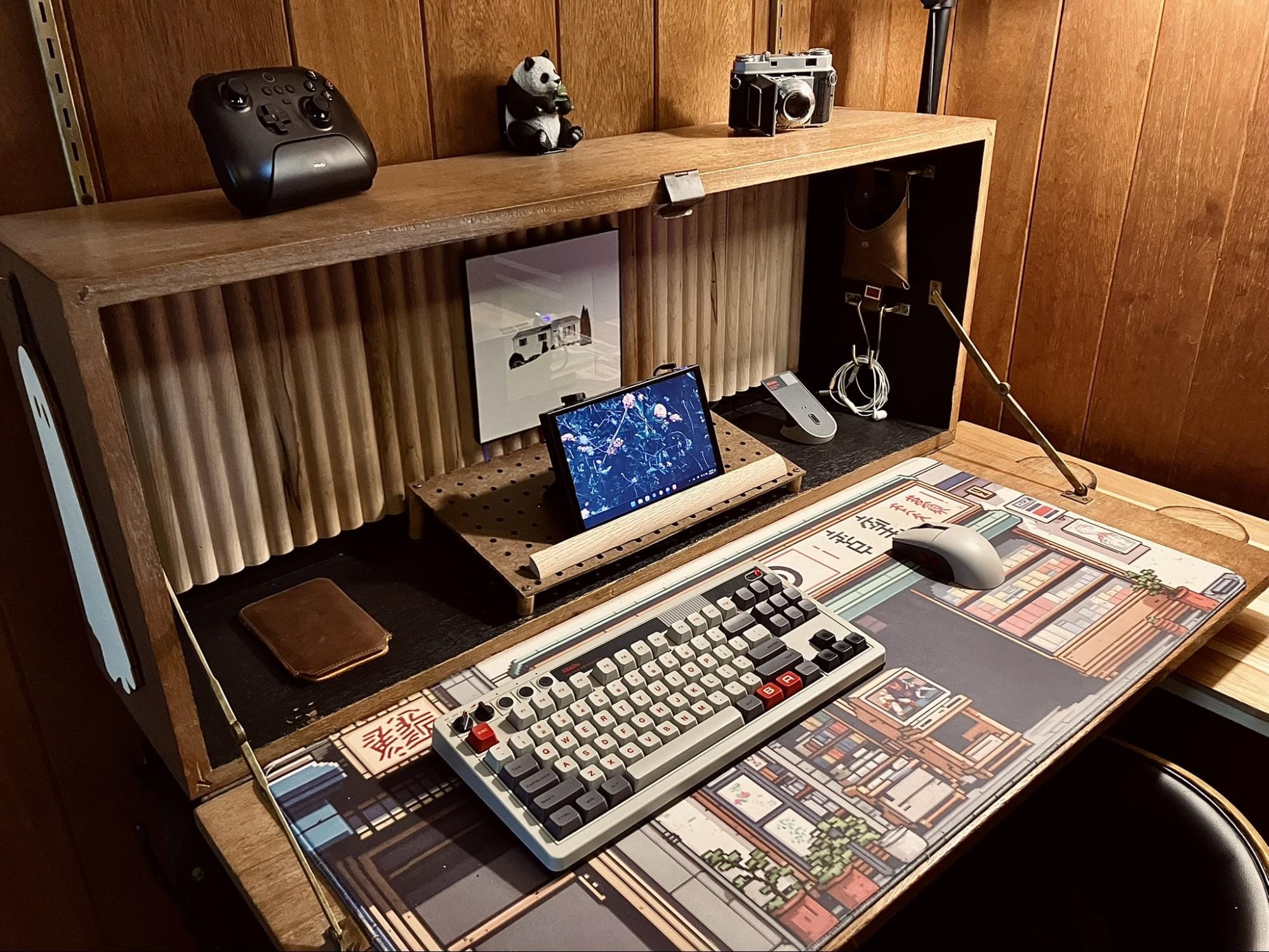


Discussion